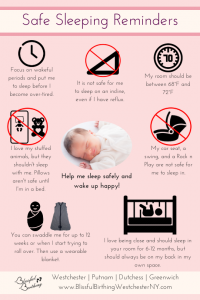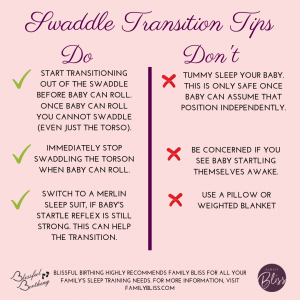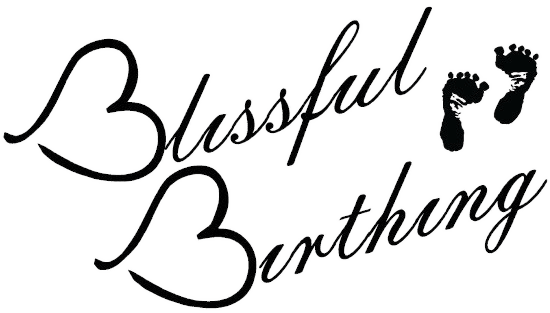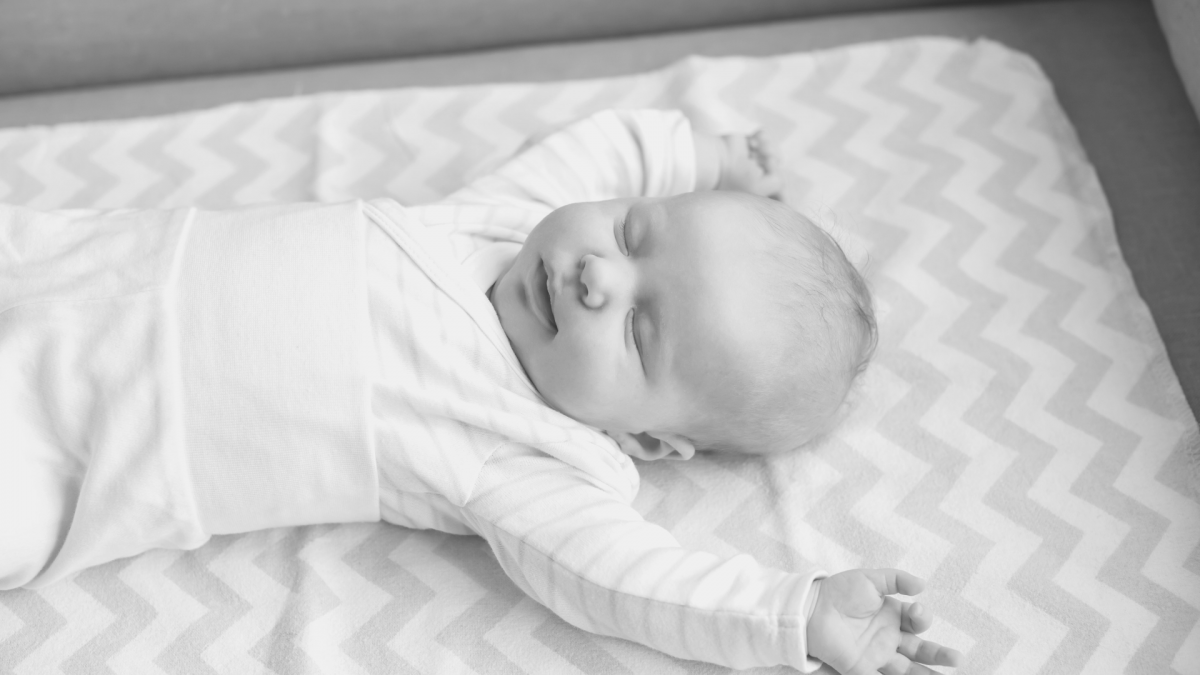There is so much information circulating on what we can do to keep our babies safe when they are sleeping. We know that the recommendations are constantly changing. And we know it can be confusing, especially if you have older children because there weren’t “all these restrictions” back then. Safe sleep is so much more than SIDS prevention and that isn’t the sole reason we should practice safe sleep for babies. While this is not a blog on SIDS, I do want to lay out a few things pertaining to SIDS and safe sleep before we get started:
- SIDS is not suffocation. In fact, suffocation must be ruled out in order for SIDS to be the cause of death.
- Because of this, blankets should not be used with babies under one year. And even after one year of age, I am a HUGE fan of wearable blankets. Kids move a lot when they sleep and wearable blankets ensure they stay warm while they sleep).
- SIDS is not positional asphyxiation. So sleeping your baby in their car seat, swing, or other inclined device will not lead to SIDS. But it can cause them to stop breathing.
I have SO much more to say on this but, again, that’s not the purpose of this blog.
What is Safe Sleep for Babies?
Safe sleep refers to any precautions that are taken to ensure our babies are not at risk when they are sleeping. This pertains to both naps and overnight sleep. We do not practice safe sleep for the sole purpose of preventing SIDS (we don’t know what causes SIDS, so we really don’t know exactly what to do to prevent it). What are some of the current tenets for optimal sleep:
- baby should sleep alone, on their back, and in a crib or other firm, flat surface.
- baby should never sleep on the chest or in the arms of a sleeping adult.
- swaddling prevents baby’s moro (or “startle”) reflex. A tight swaddle around baby’s arms, with freedom to move their hips and legs, will help baby sleep deeper and longer.
- Once baby shows signs of rolling, swaddling should be discontinued. This includes swaddling around the torso only, as it could restrict baby’s breathing if they roll onto their belly.
- babies should never sleep on an inclined surface, even if they have reflux. This means bringing the car seat into the house, sleeping baby in a swing, propped on a Boppy or lounger pillow, or in a rock n play is not safe.
- no toys, pillows, or loose blankets in the crib with baby as they pose a suffocation risk. Baby should also never wear a hat while sleeping as it can come off and pose a suffocation risk.
- the Dock-A-Tot, and other similar products, are not approved for sleep.
You can also download our safe sleep reminders here. We find this to be a great resource to share with family members who are taking care of baby while you are away.
Things to remember:
- the Merlin Magic Sleep Suit is a great transitional tool for baby.
- once your baby can roll onto their belly independently, it is ok to let them stay in that position for sleep, but you should still refrain from actively placing baby on their belly to sleep.
- it is ok if your baby wakes up every 45 mins or so overnight when transitioning out of the swaddle. It’s hard, but try not to rush to comfort them. It is very likely that they are connecting sleep cycles. Give them a few minutes to try to learn this skill on their own before assisting.

Perhaps one of the hardest times for parents is when their baby begins to transition out of the swaddle. You and baby have grown accustomed to the swaddle over the first couple months of their life. Understandably it can be confusing and, maybe even stressful. With the help of our friends at Family Bliss, I put together this infographic. It summarizes key points when transitioning your baby out of the swaddle. You can screenshot it, or download it directly here.
Additional Information
Baby’s sleep is vital for the whole family. Blissful Birthing offers overnight postpartum support to assist our clients in an easier transition to life with baby. When your baby is a little older, if you feel sleep learning/sleep training may be the right choice, we cannot recommend Tiffany and her team at Family Bliss more highly. They do not take a “cry it out” or “extinction” approach – instead they work with your baby (as early as 3-4 months) to get them sleeping through the night in just 72 hours! They’re truly miracle workers!
Recommendations for Safe Infant Sleep Environment
Other Blogs You May Like
Establishing Good Sleep Habits
Get Through Vacation with Baby’s Sleep Intact
Sleep: The Best Gift You Can Give a New Mom

